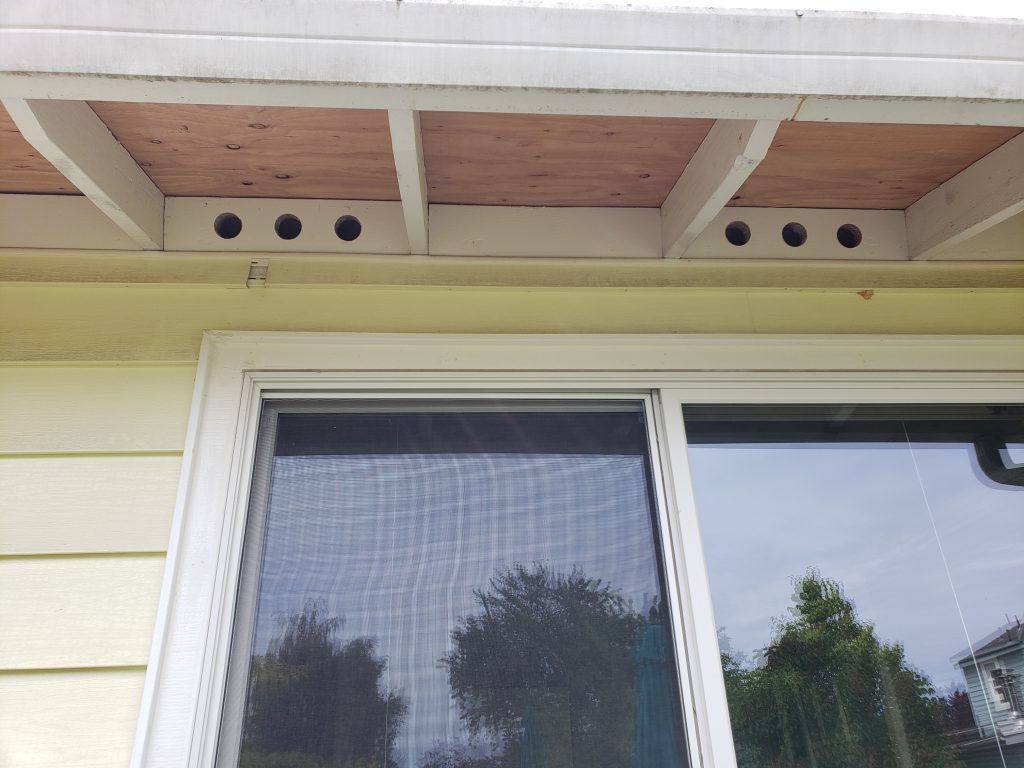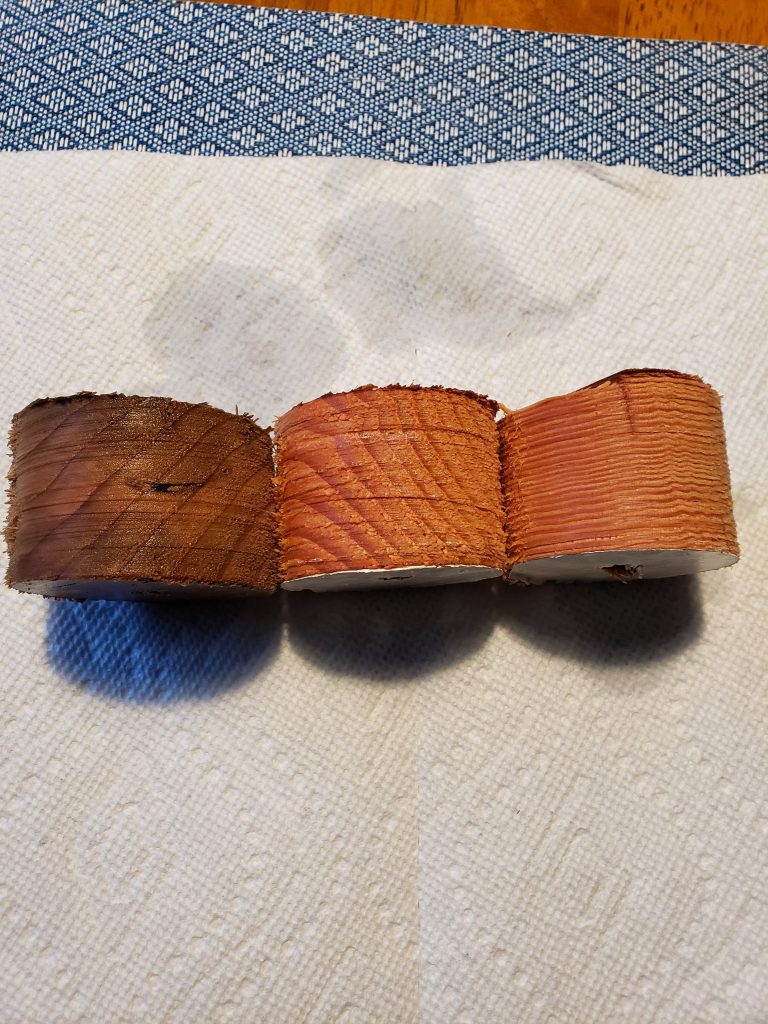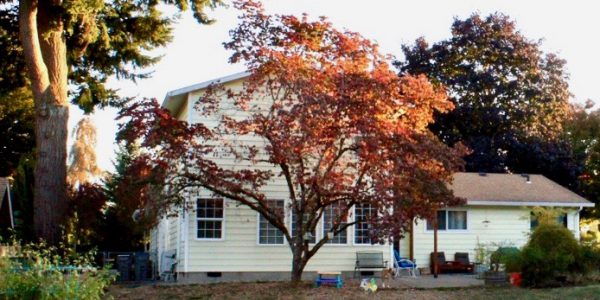
While the house was getting a new roof, the owner of the roofing company asked me what I wanted to do with the electric fan on top. Since they were adding ridge vents everywhere, it didn’t seem like we’d need it anymore. A split-second decision for them to haul it away certainly had some repercussions.
The first warm day of summer, I went into the attic and holy cow was it hot in there! My immediate thought was that I was stupid to get rid of that fan. My next thought was that there probably wasn’t enough ventilation around the eaves and that it was preventing the hot air from escaping.

It turns out that there were only four bays around the ground floor eaves with vent holes. This was, of course too few. The amount of ventilation down low needs to match (at least) the amount of ventilation up top.
When I had finished, I went from about 75 square inches of ventilation (4 bays) to about 379 (20 bays). As the weather warms up, I’ll be paying close attention to whether or not we have resolved the issue.
Old Growth Lumber
The very first hole I attempted was terrible. The saw kept binding in the wood and twisting my wrists hard. I eventually had to use a jigsaw and a file to make the hole more or less right.

What I noticed was that these first cores had a very tight wood grain – tighter than pretty much any board I have ever seen. This was an old-growth piece of lumber being used as blocking in my attic, which, of course in 1962 would have been common. It was no wonder that it was difficult. The grain was oriented so that each ring was just stacked almost flat on top of the next.
For my second hole I used a bit with shallower and more numerous teeth. It worked ok, but took a very long time. I did most of the house with the smaller bit. Toward the end, I made a few with the Diablo bit and they came out well. In fact, it went a lot faster.

Anyway, I am looking forward to the next hot day to see if this work has solved our ventilation problem. If not, it’s either more holes, or we get a new fan.
